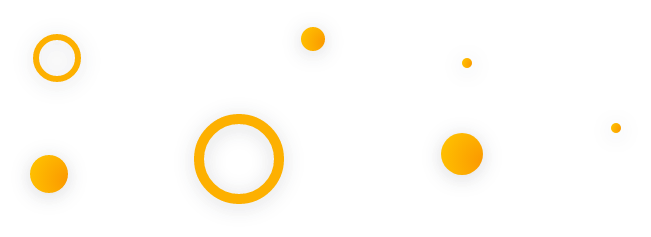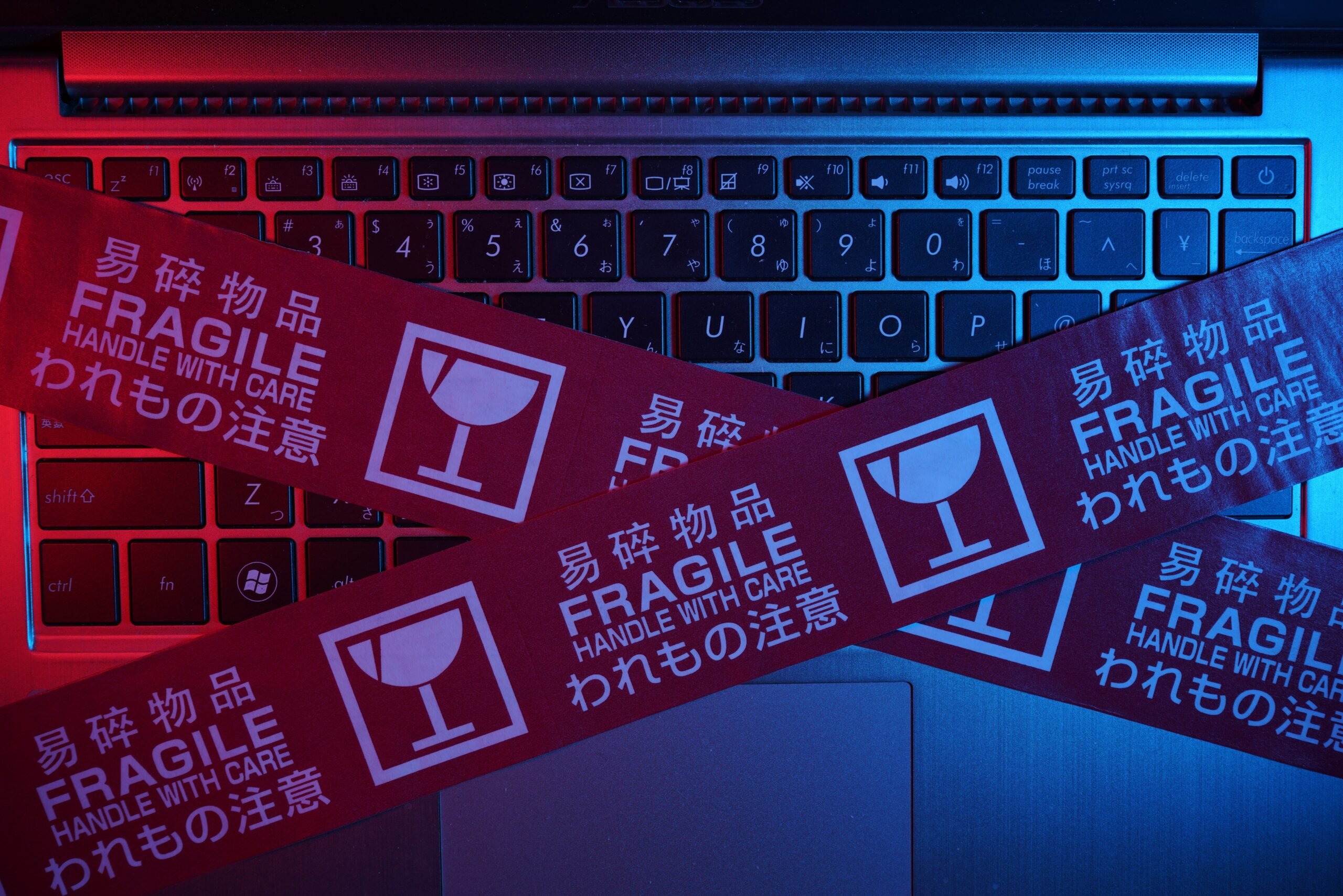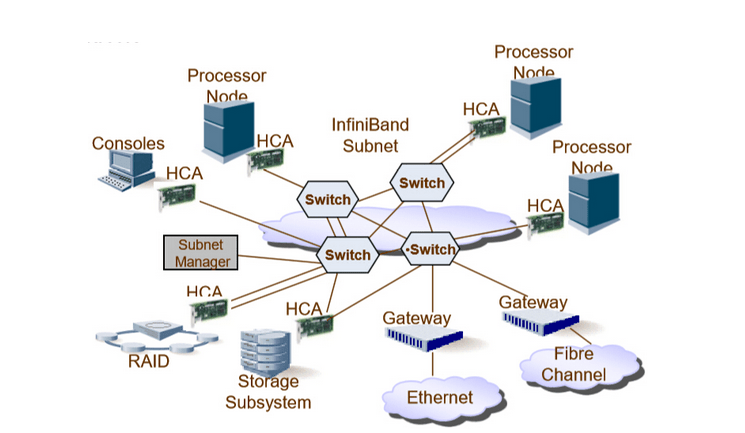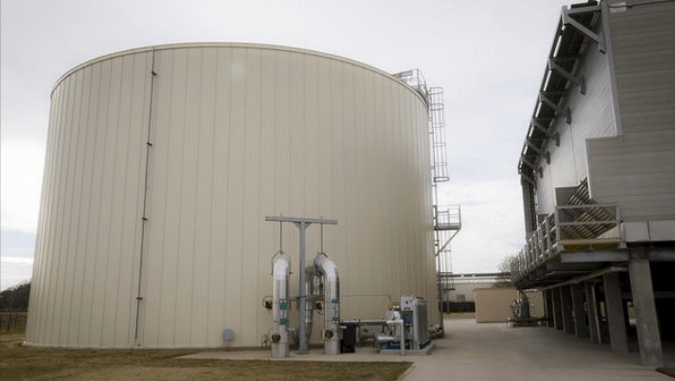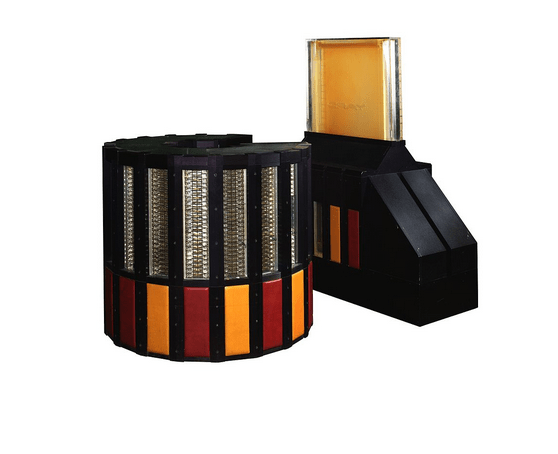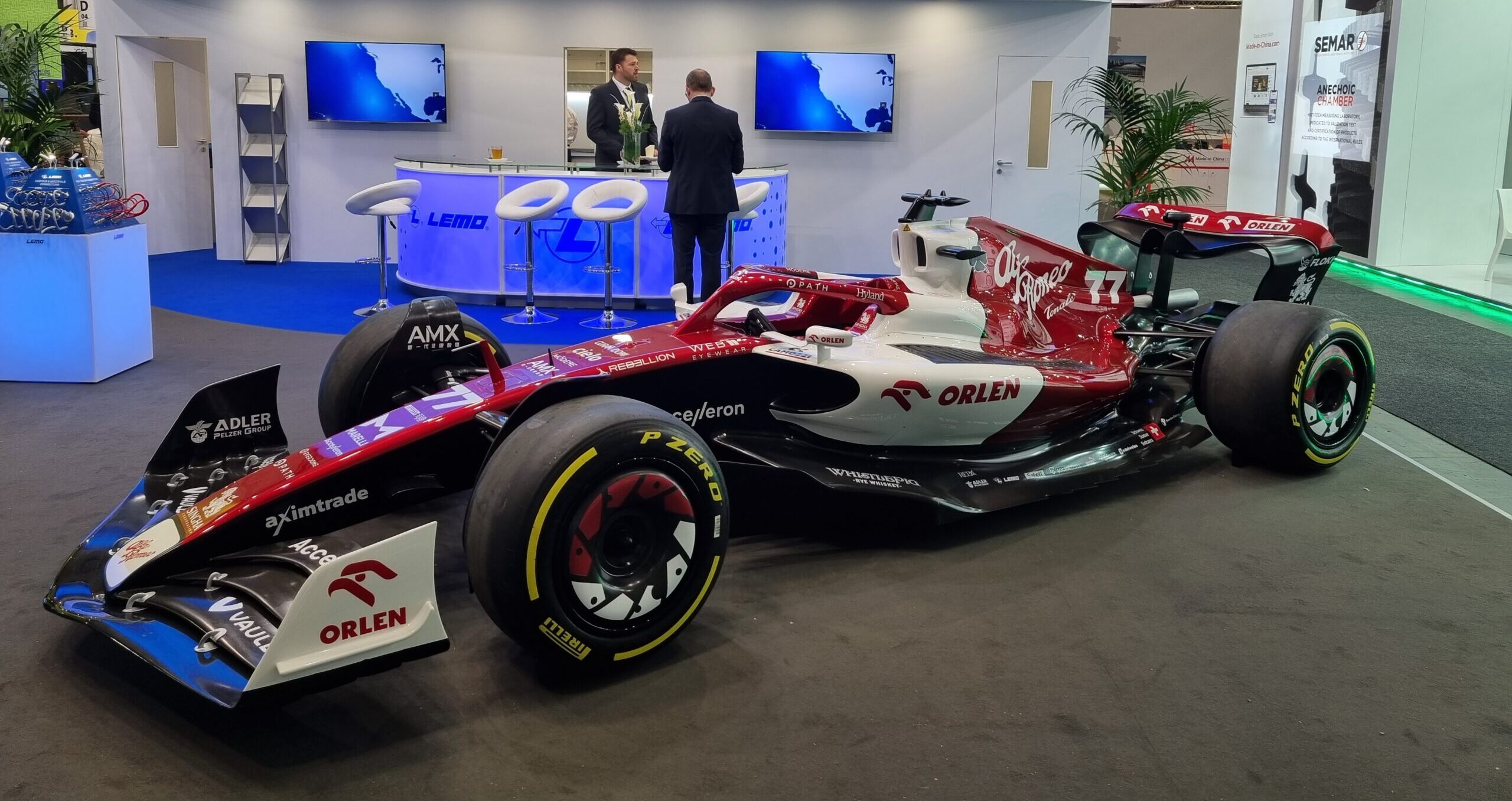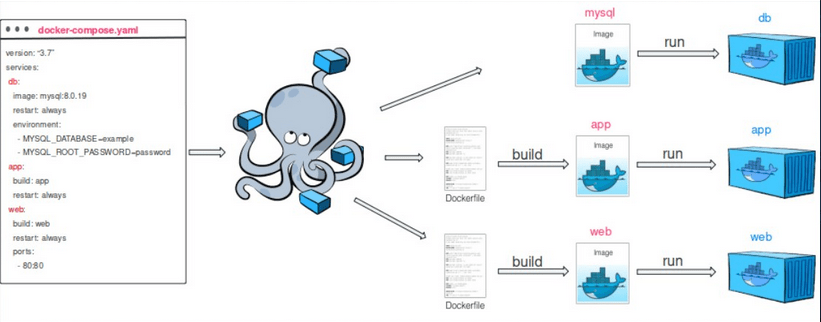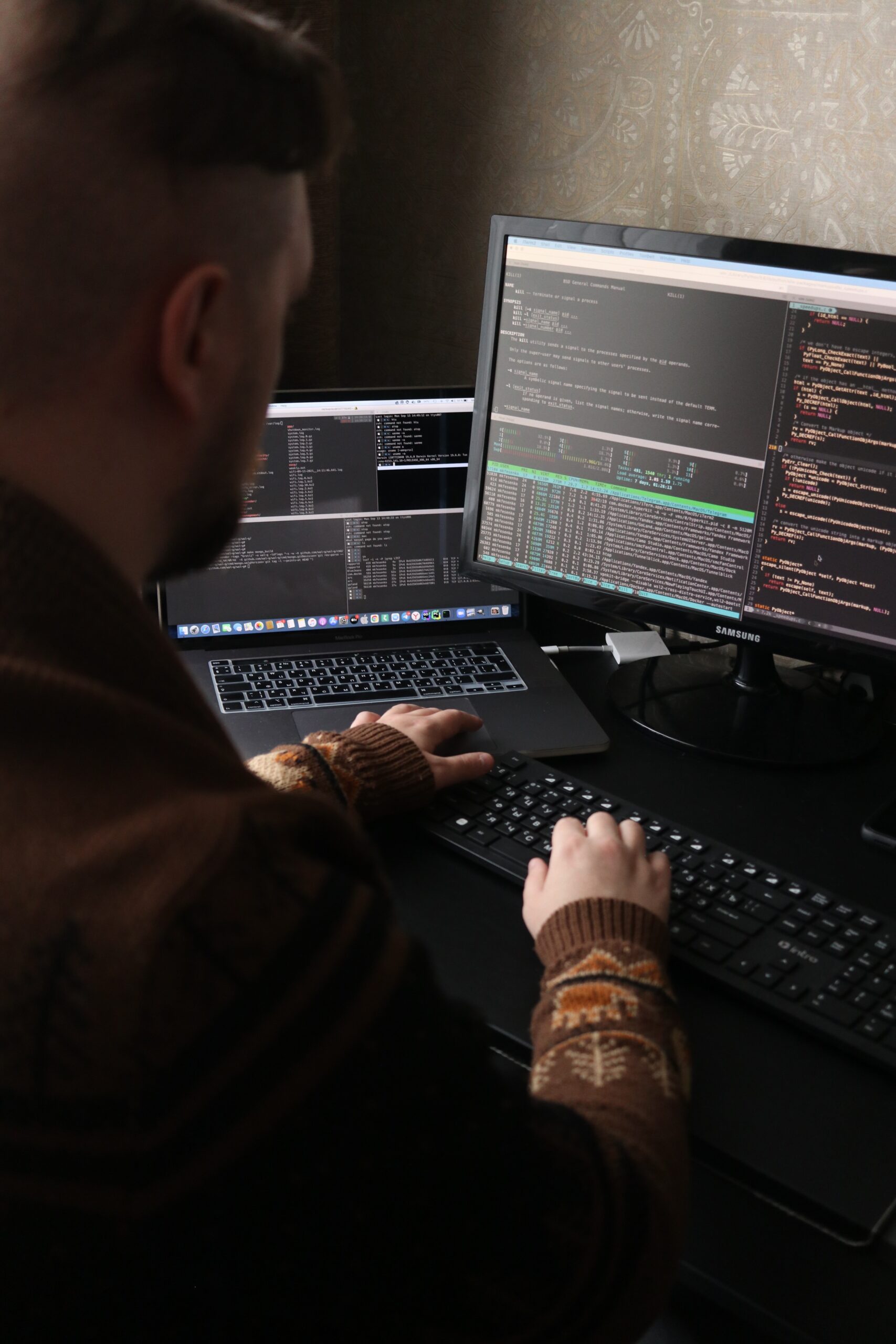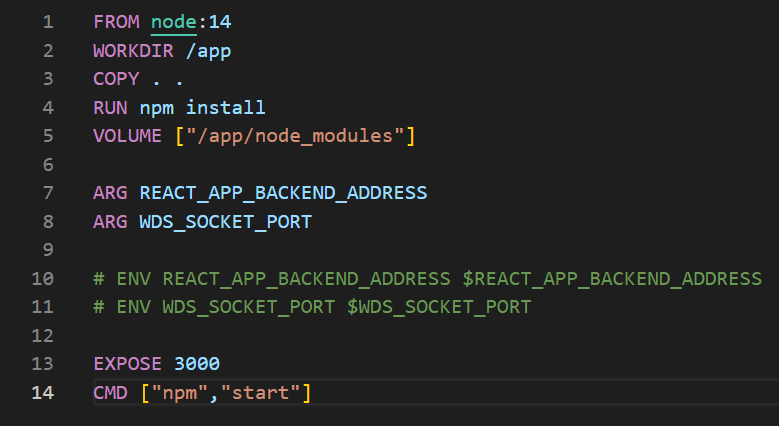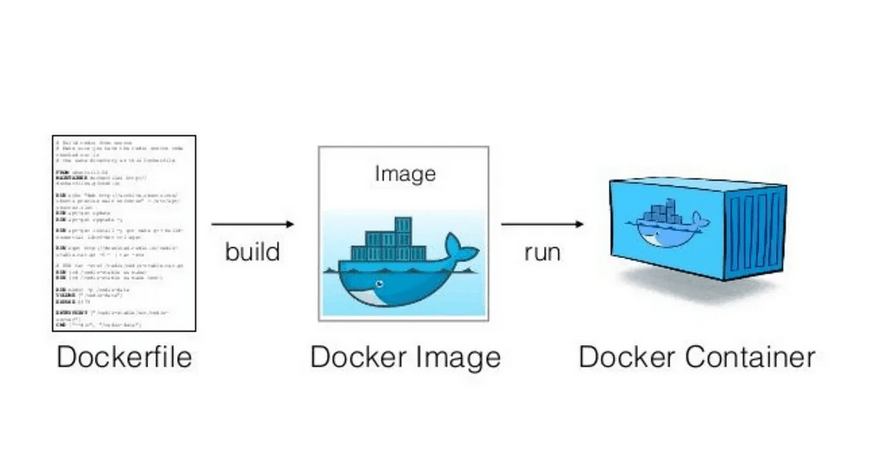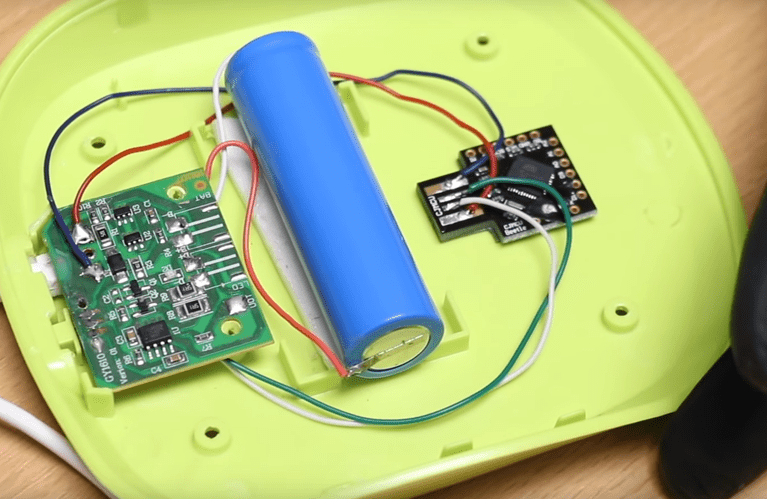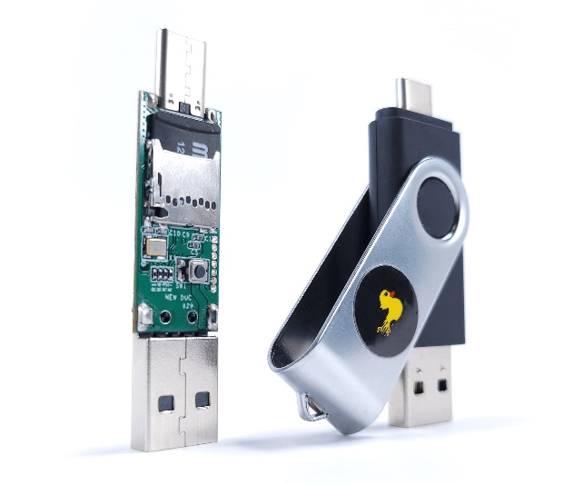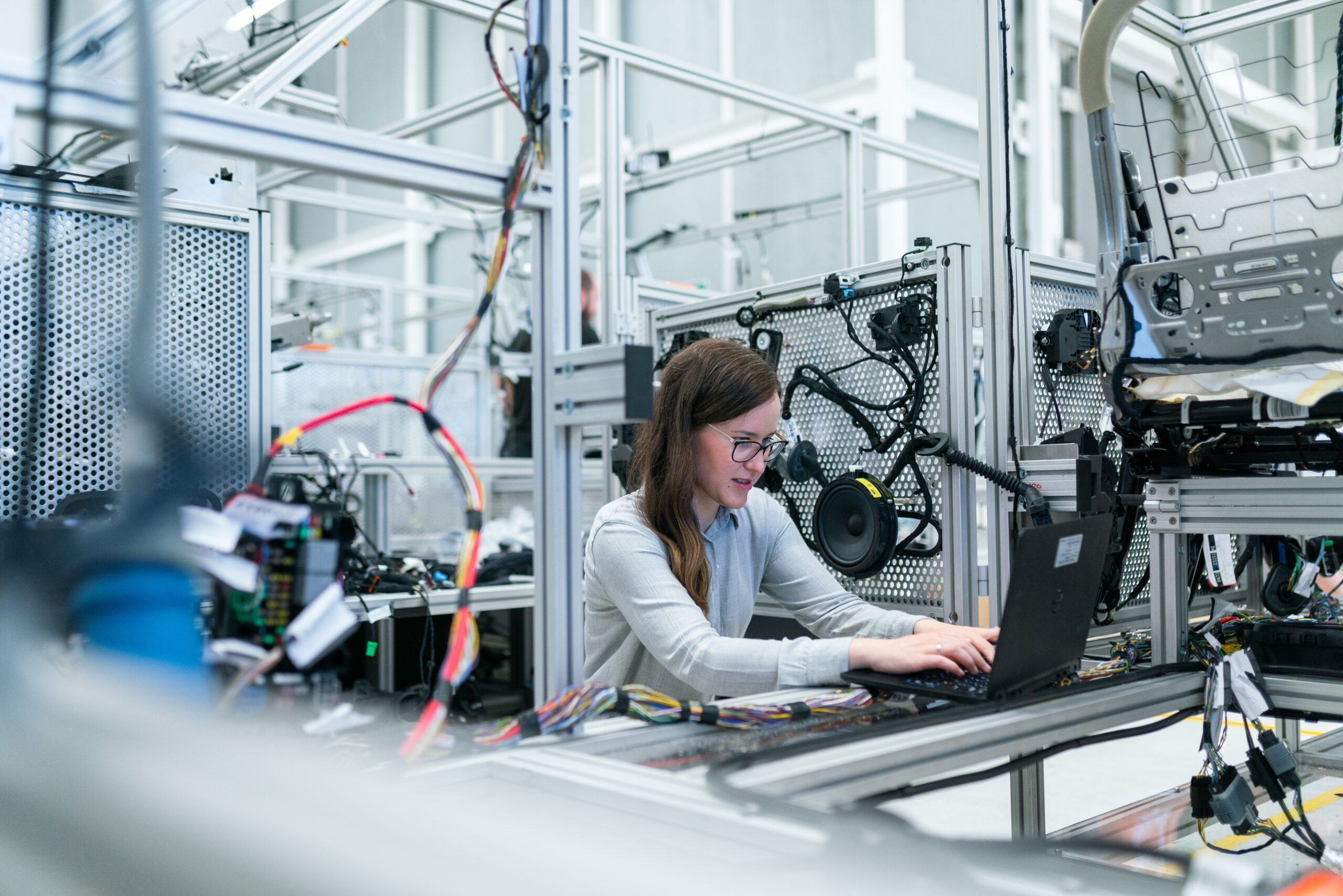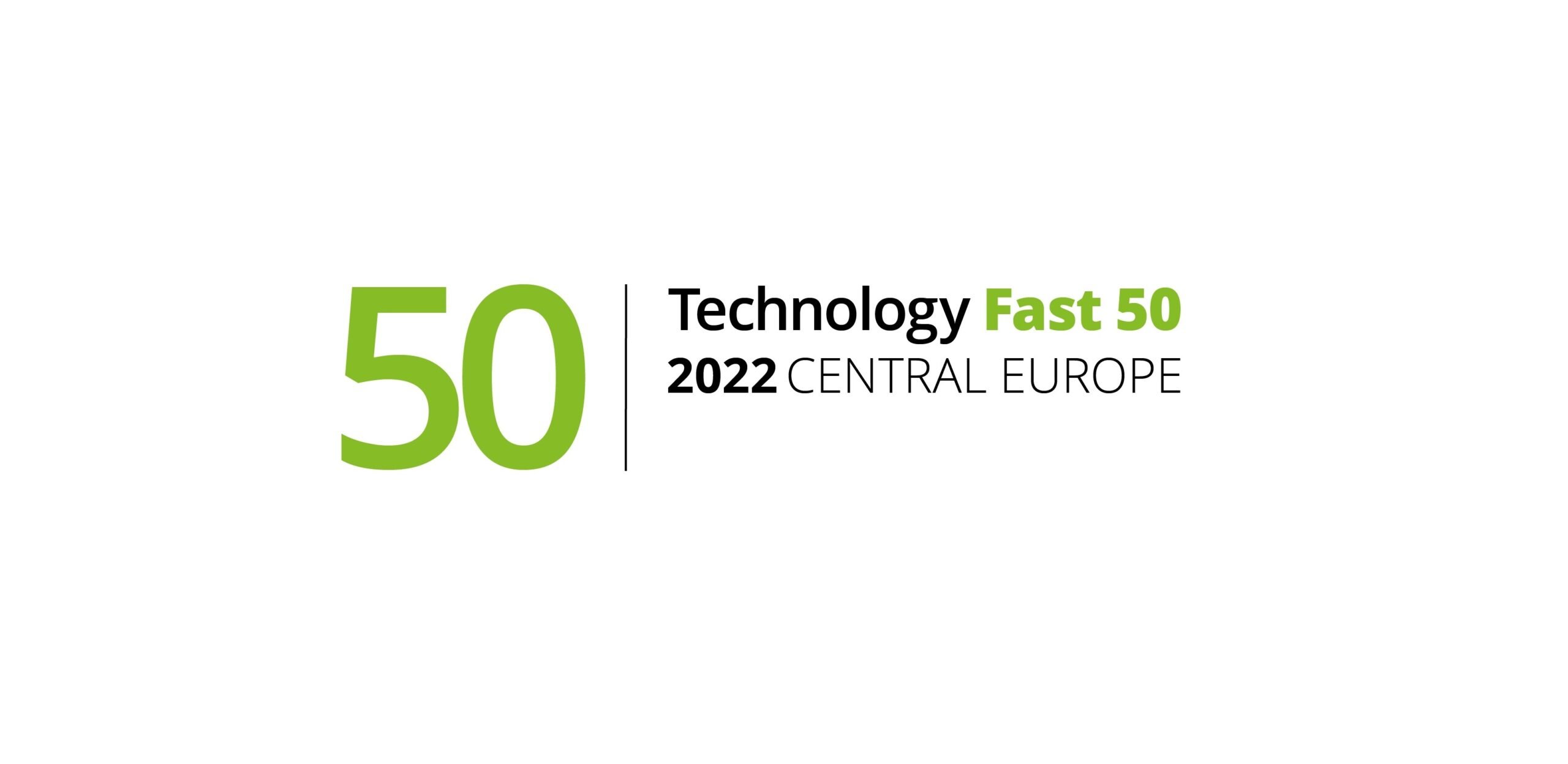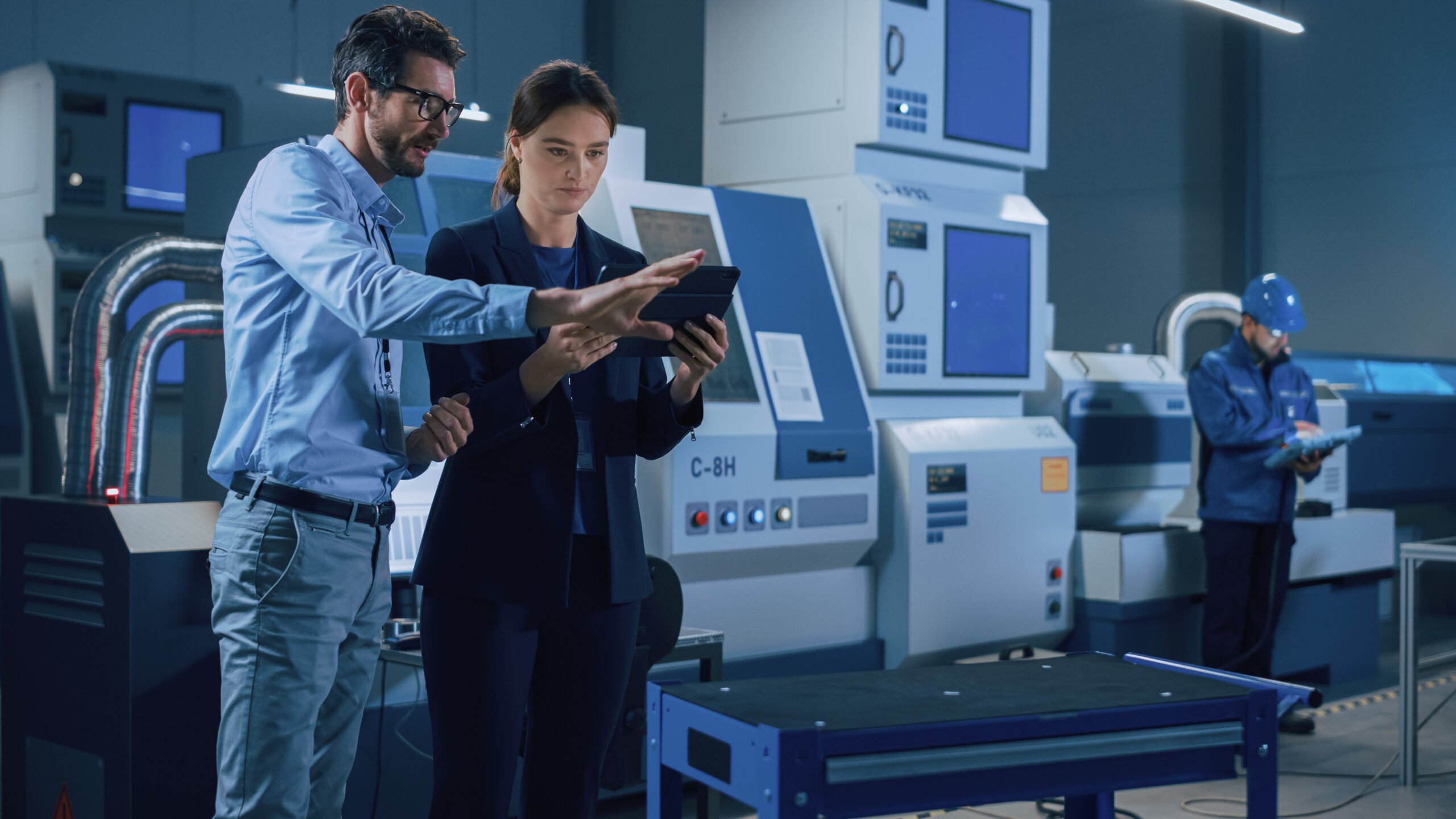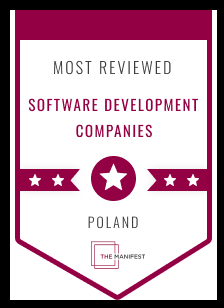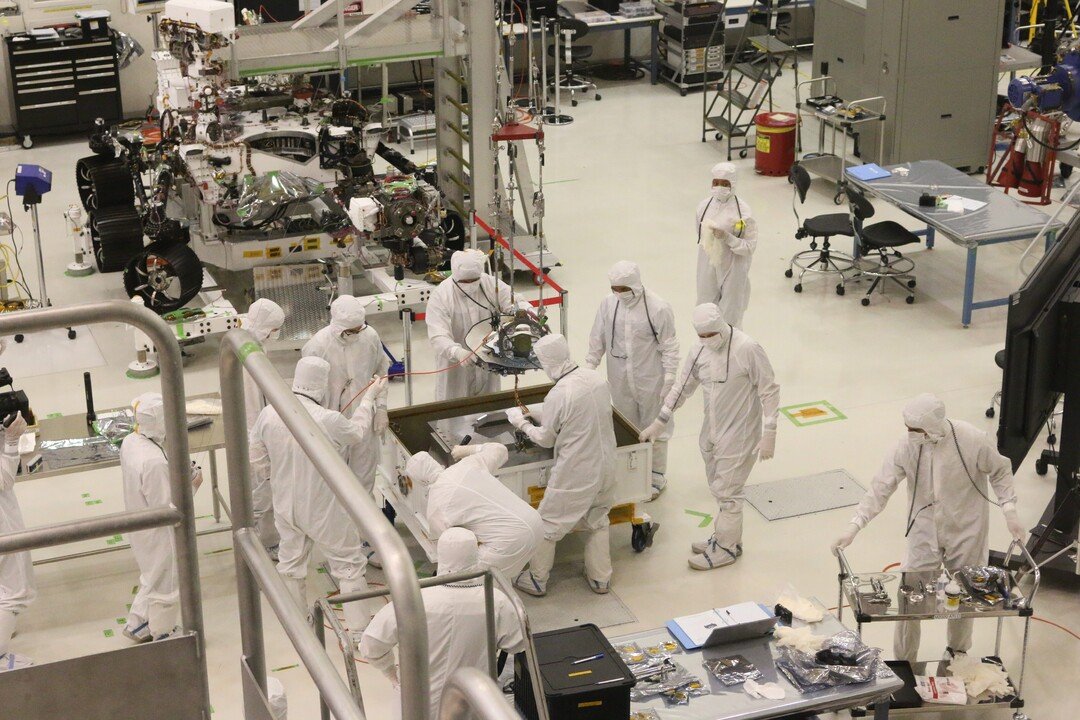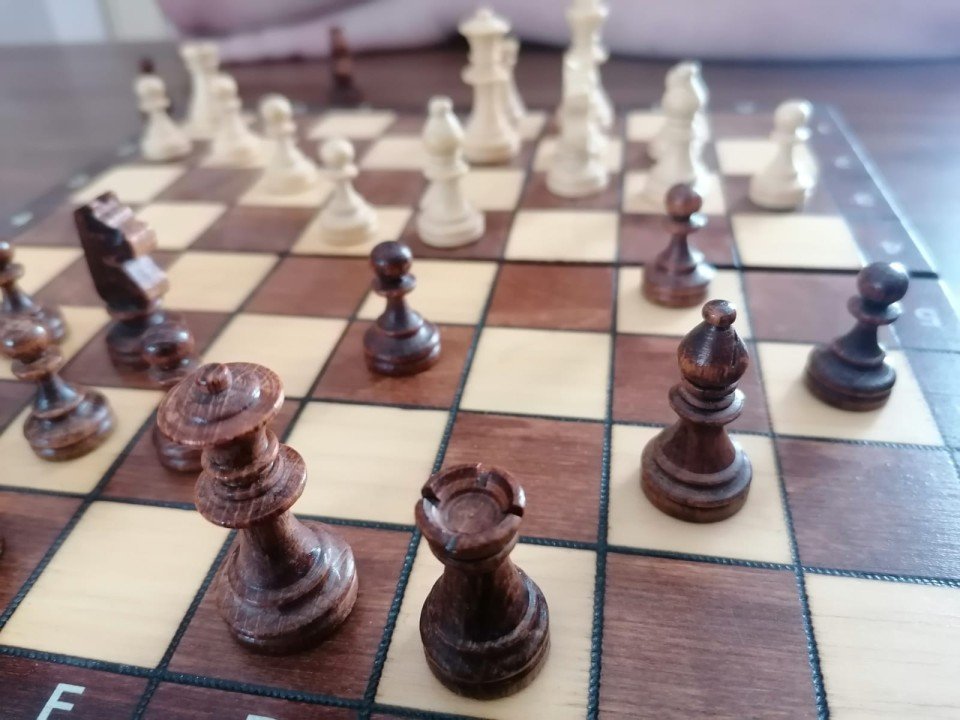IT technologies, like other technologies and products of human thought and work, in different periods of their existence have different meanings and value for their users. Under the influence of various activities to which a given IT technology is subject (i.e. changes, extensions, improvements, changing expectations, user experiences), its potential changes over time. This phenomenon is illustrated by the technology life cycle “s-curves” as shown below in Figure 1.
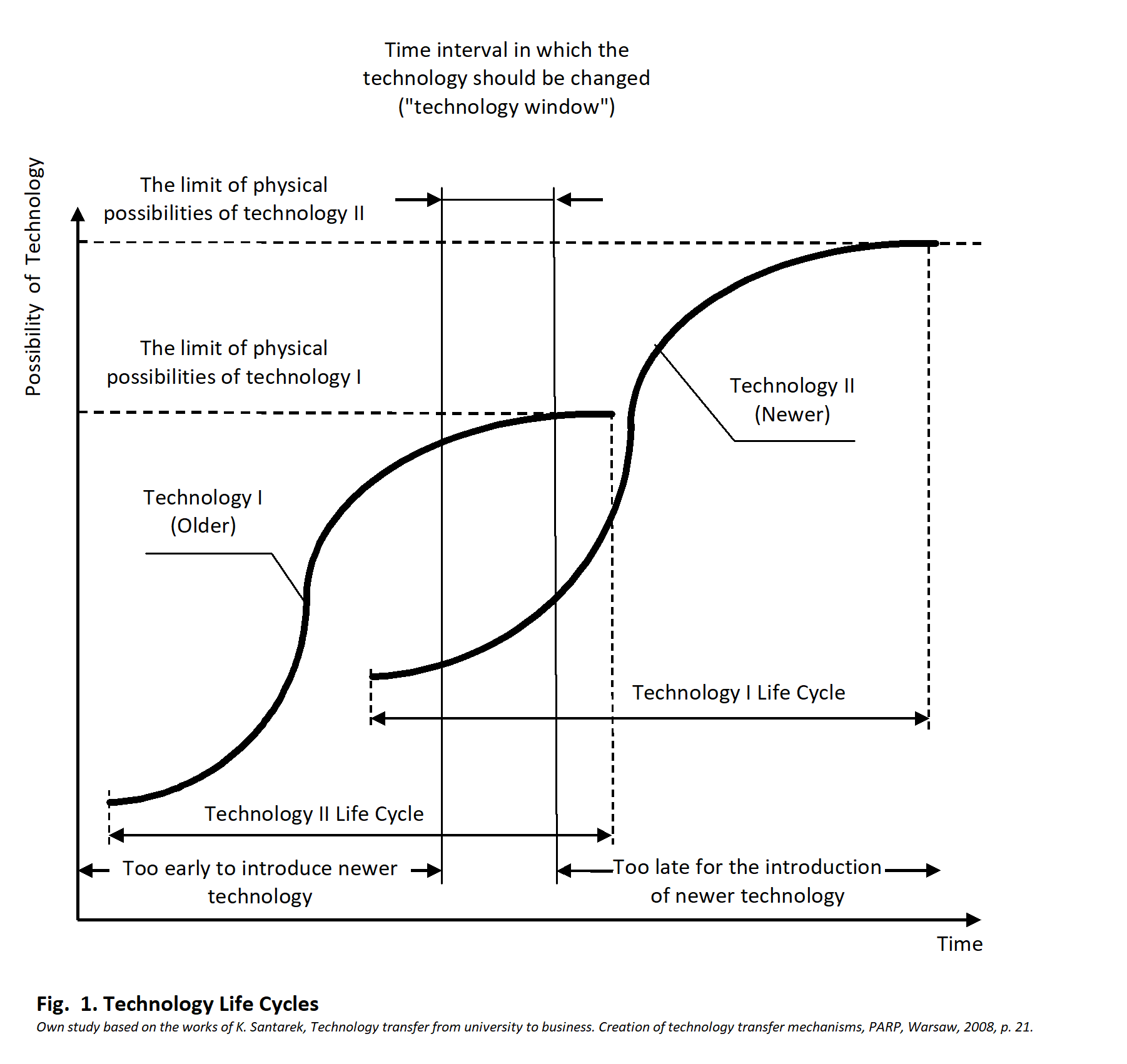
Quite often, in the early stages of their life cycle, newer IT technologies fail to achieve the parameters and capabilities of older generation technologies. For a new technology to fully realize its potential, it needs to be refined, which generally requires a lot of analysis, research and improvement. This overlaps with the process of emergence and development of new technologies, which often uses new ideas and methods of operation, with higher parameters and possibilities. They replace older technologies in industrial applications, providing new opportunities for their users.
There are at least two basic decision challenges related to the technology life cycle and the introduction of new generation IT technologies, including:
- starting work on a newer technology, which often does not guarantee an advantage over the older technology in the initial period, and therefore carries a high risk that the work undertaken will end in a failure, resulting in some kind of loss for the business
- and in the case of a positive decision to start work on a newer technology, identifying the right time of its implementation, as well as the period in which the older technology should be withdrawn and replaced with a newer technology ("technology window").
Withdrawal from an older technology too early risks losing the benefits of using it in the period when it meets the expectations related to it. And when the withdrawal occurs before any return on investment is realized may even result in some kind of loss to the business. Furthermore, if it’s too late to start work on implementing a new technology, it may no longer be possible to catch up to your competitors if they have already undertaken the appropriate work in a timely manner, resulting in loss of competitive advantage or even the ability to compete in general. Hence the importance and the need to carefully prepare decisions to undertake work on introducing new technologies.
Taking into account the importance and competitive power of technology and its potential impact on companies that enjoy a market leading position due to having some technological advantage, technologies used in specific industries or sectors can be classified as follows (after G. Stonehouse):
- Base technologies - Are widespread and can be easily emulated to form the basis of the company’s operations. Any improvement with these technologies will most likely not provide any significant benefit for the company or help them gain a competitive advantage.
- Key Technologies - These technologies form the core of the company’s unique product or service offering and are usually strategically important to their operation because they offer a greater competitive advantage which in turn can help them to gain a leading position in the market
- Progressive Technologies - Also known as “Pacing Technologies”, are technologies at an experimental stage and have the potential to be leading-edge technologies and disruptive. Successful implementation of such technologies can greatly improve the company’s competitive advantage and help them stand out in the market. However, introducing such technologies that haven’t yet been fully proven can potentially be an expensive and risky endeavour if it fails to achieve the desired results.
- Emerging technologies - Are technologies which are similar to “Progressive Technologies” but are at the frontier of cutting-edge. They are usually a long way off from commercialization and their business value, usefulness and potential is still somewhat unclear. Such technologies require significant investments and testing before they can be introduced. They have the potential to be disruptive, however such an outcome is not always certain.
A company interested in gaining a competitive advantage on the market should primarily use key technologies, with the option of replacing them in the future with technologies that set the pace (progressive). Using commonly used base technologies to gain an advantage is usually not enough.
The typology of technology, with the degree of saturation of potential applications and decisions about their future in the company, is presented in Figure 2.
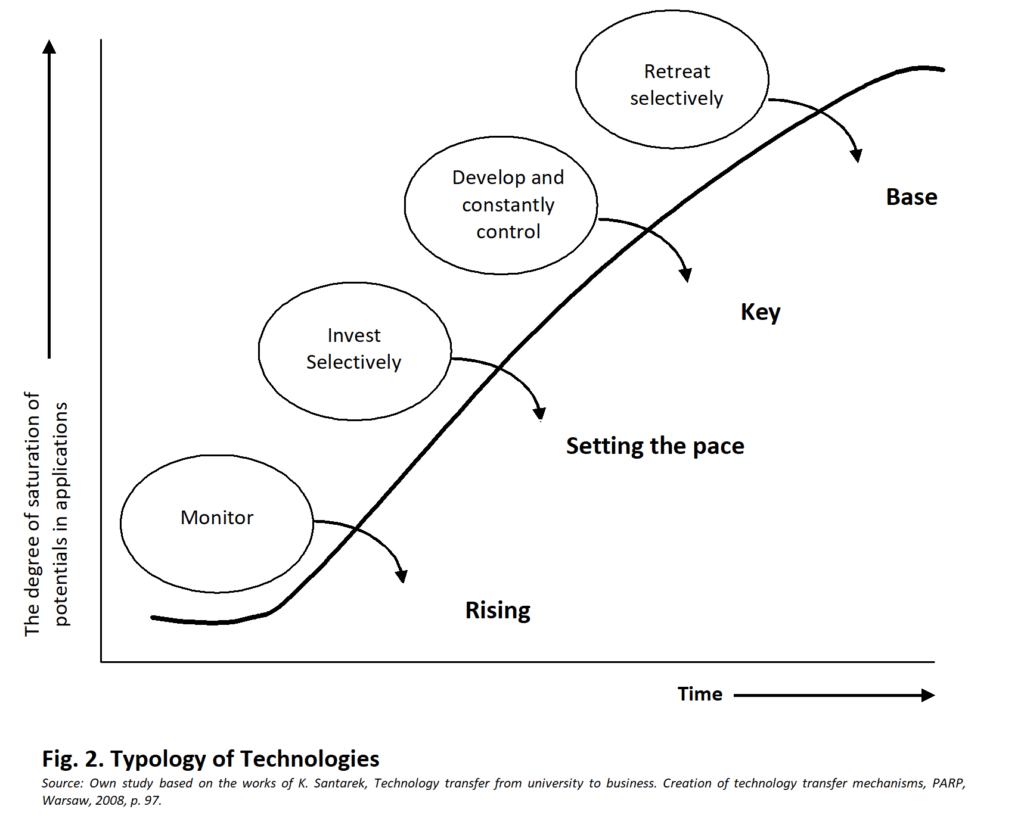
Base technologies achieve the highest degree of saturation of potential applications. These applications, however, reach a limit (or maximum level of efficiency), which will decrease in the future, because market players, striving to gain or maintain a competitive advantage, will increasingly introduce key technologies. Hence the recommendation for base technologies is to withdraw or "retreat selectively".
Recommendations for other types of technology are:
- Key Technologies: "develop and constantly control"
- Progressive technologies: "invest selectively"
- Emerging technologies: "monitor"
Here at INNOKREA, we also had to deal with aging technologies. Around 4 years ago, we developed an e-commerce solution called internalBID. The solution enables companies to sell off any retired equipment through a dedicated auction system.
The original MVP (Minimum Viable Product) was developed based on Wordpress, however, we realised through our testing that there were some limitations with its customization. It was obvious that we needed to move to a different technology.
To ensure that our solution is future-proof and meets customer expectations, we made the decision to re-develop the solution by rewriting it in the latest software technologies.
We are constantly monitoring the market and looking for opportunities on where we need to improve our solution. Such decisions help drive our business forward and give us a competitive edge, but most importantly, it ensures our viability by keeping up with the changes in technologies.
So in conclusion, the market position of a company using certain technologies depends not only on the degree of novelty and competitive strength of the technology, but also on the degree of how it masters the technology and absorbs it into the business to derive value.

